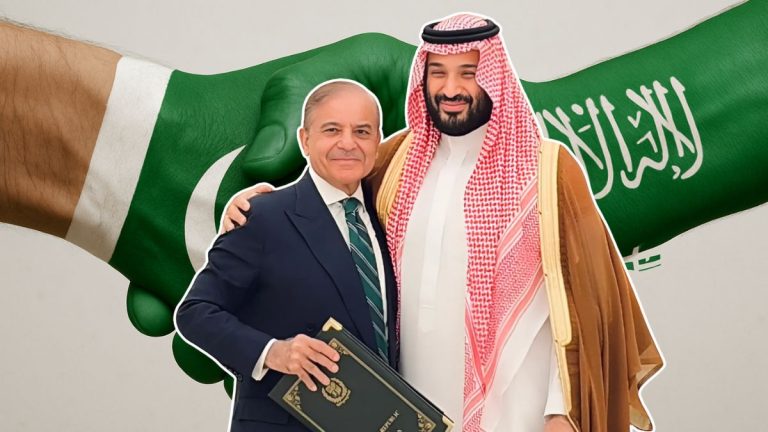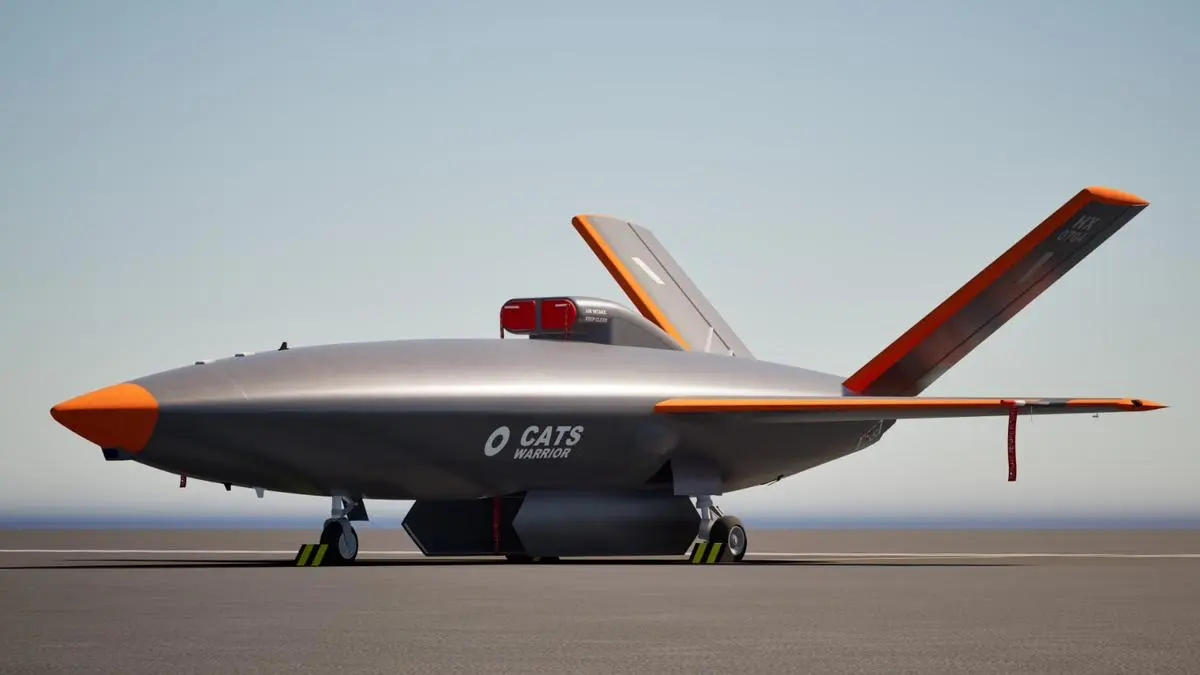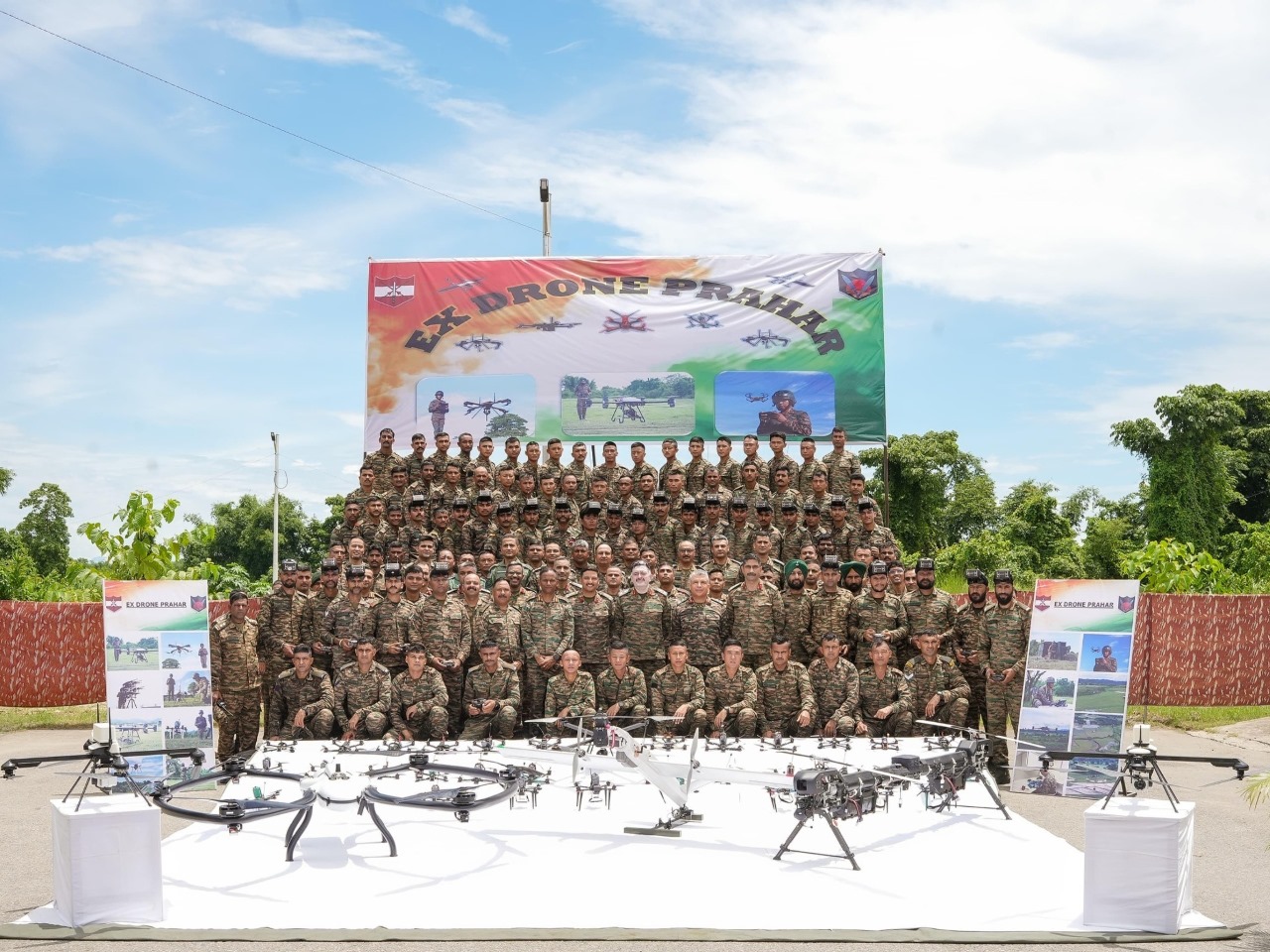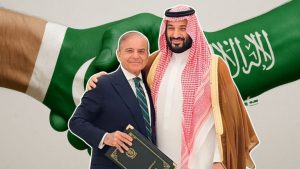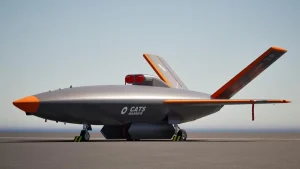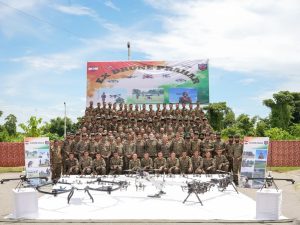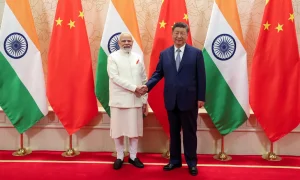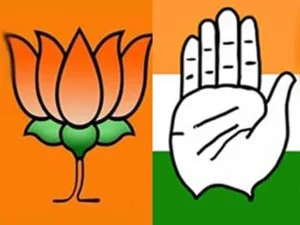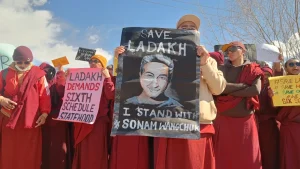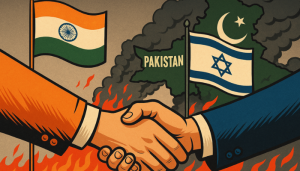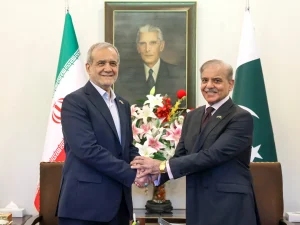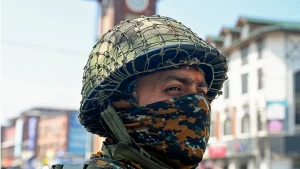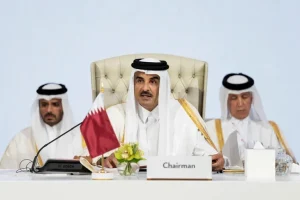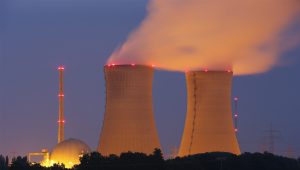The recently signed Strategic Mutual Defense Agreement (SMDA) between Saudi Arabia and Pakistan has stirred optimism across the Muslim world. Beyond its immediate military cooperation, this pact has the potential to redefine not only defence partnership but also the broader economic and energy landscapes of both nations. For Pakistan, struggling under economic duress and energy crises, and for Saudi Arabia, striving to diversify its oil-dependent economy under Vision 2030, the deal offers a chance to transform shared vulnerabilities into strategic assets.
The SMDA formalizes what has long been an implicit understanding between the two nations: their security is intertwined and attack on one nation will be considered as an attack on the other. The agreement has been hailed as a landmark achievement not only for its binding commitment to broader security but also for broader stability it both regions. According to Dr. Jamal Al Harbi, a media attaché in the Saudi Embassy in Islamabad, the agreement aims to expand military cooperation at multiple levels including military exercises, intelligence sharing, defence industry cooperation and co-production of military equipment.
The agreement has been built on the historic partnership extending more than seven decades between the two nations. Saudi Arabia has historically relied on Pakistan’s military expertise on multiple occasions, including Pakistani troops stationed in the Kingdom in the 1960s and after Iran’s 1979 revolution. Conversely, Pakistan has often found in Riyadh both political and financial support during critical junctures, including the quiet backing
after its nuclear tests in 1998. The new agreement, however, elevates this relationship from informal cooperation to a structured strategic partnership. Yet, in a changing world order where security is increasingly tied to economic and energy resilience, this defence pact cannot be seen in isolation. The real test of its success lies in whether it can evolve from a shield into an engine to power economic renewal and technological cooperation.
For Pakistan, it is imperative to reimagine the energy sector as the new frontier of national security. The country’s energy ecosystem remains mired in inefficiency, circular debt, and political paralysis. No military alliance can sustain its promise if the economy beneath it is collapsing under the weight of an imported fuel dependency. This is where Saudi Arabia’s role becomes critical. Riyadh could become not just Pakistan’s security partner, but also its energy stabilizer by providing its vast expertise and capital in oil and renewables. This signals a pragmatic approach that prioritizes long-term stability over short-term aid and it would serve both sides. For Pakistan, it would mean reliable energy flows, reduced fiscal pressures, and a credible path for foreign capital into a chronically underfunded sector. For Saudi Arabia, it aligns perfectly with Vision 2030, which seeks to transform the Kingdom into a global investor in energy and industrial platforms. However, this potential synergy also demands courage from Islamabad. Reforming Pakistan’s energy market requires dismantling bureaucratic inertia and ensuring credible contract enforcement. Without structural reforms, even the most generous Saudi investments could vanish into the same cycle of inefficiency that has plagued Pakistan’s past energy ventures, such as the delayed $10 billion oil refinery project announced in 2019.
The Strategic Mutual Defence Agreement represents the latest chapter in a relationship founded on mutual trust, economic cooperation, and shared security objectives. The partnership has been built on a history of military collaboration, from the deployment of 15,000 Pakistani troops in Saudi Arabia during the 1970s and 1980s to Islamabad’s vital role in safeguarding the Kingdom during the 1990–91 Gulf War, Pakistan has always demonstrated its credibility as reliable partner. In recent years, this strategic bond has also expanded beyond defence into the economic and energy sectors. In October 2024, Pakistan signed MoUs worth $2.8 billion in Saudi investments alongside a $3 billion loan to stabilize its reserves. By February 2025, Islamabad also reached an agreement with the Saudi Fund for Development to defer $1.2 billion in oil payments for one year, which eased fiscal pressure. Joint projects such as the $6 billion brownfield refinery upgrade and the Pakistan–Saudi Bilateral Defense Industrial Forum highlight a relationship where oil and defense increasingly intersect to ensure collective security and economic resilience. Thus, SMDA provides a timely framework for this evolution and it can become the cornerstone of a multidimensional alliance, one that integrates defence, energy, technology, and trade into a single architecture of resilience.
It is also important to acknowledge a deeper truth that security today is no longer only confined to borders or arsenals. It also resides in energy partnerships, data networks, and industrial supply chains. For Pakistan and Saudi Arabia, therefore, defence cooperation must transcend the logic of deterrence towards the logic of development. Joint production of military hardware, technology transfer, and training can all be tied to industrial and digital ecosystems. A shared defence architecture, backed by joint energy and technology platforms, would not only enhance national security but also secure national prosperity.
To make that vision real, both countries must move from crisis cooperationtostrategic collaboration. Defence dialogues should be complemented by joint investment councils; intelligence sharing must extend to energy data; and military training should coexist with industrial and technological capacity building. The Saudi–Pakistan defence deal, therefore, is more than a pact of protection. It is a mirror held up to both nations reflecting their intertwined futures in a volatile global landscape. If both nations can harness this moment by fusing security with sustainability, and defence with development then this agreement will not merely echo the history of strong ties but will chart a new course of stability. It will demonstrate that true defence in the twenty-first century is not only about protecting borders but about empowering economies, securing energy, and building futures that can endure the storms of geopolitics.

